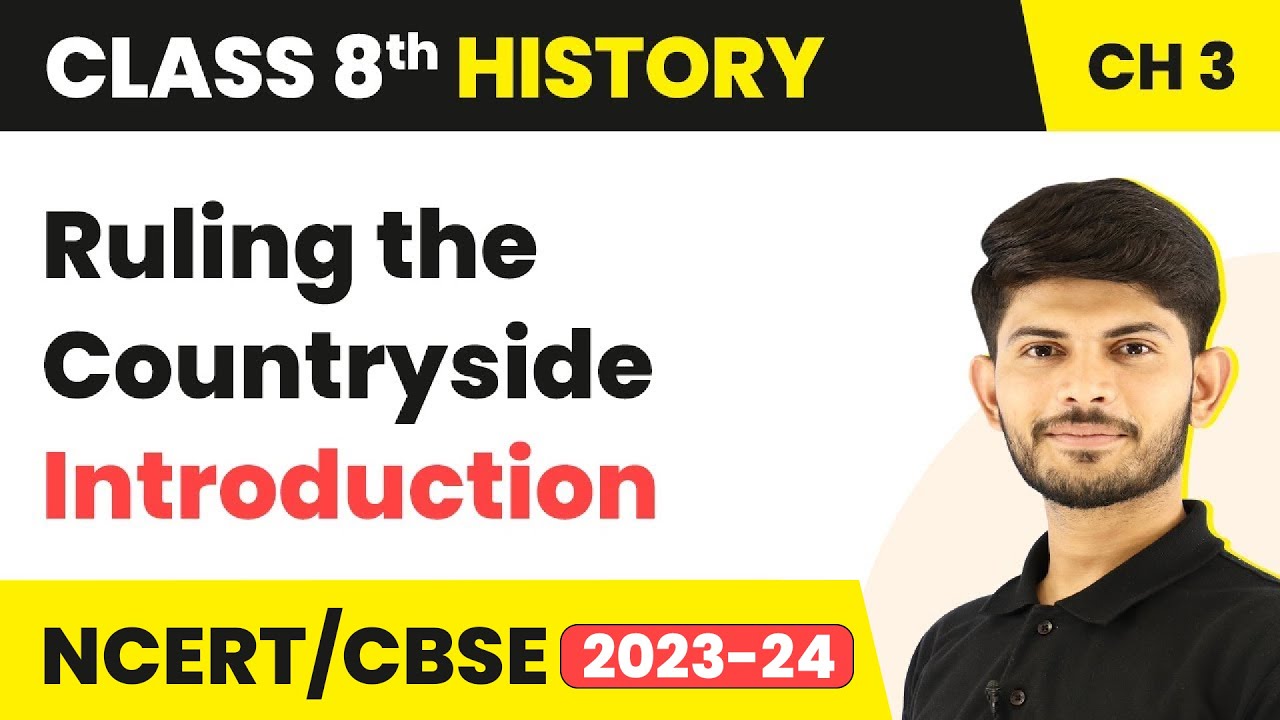Labeling and plate terminology.
Summary
TLDRThe video script is an educational tutorial focusing on the terminology used in mycology, particularly for home cultivators. It explains the meanings behind labels such as 'T' for transfer, 'C' for clone, 'F' for filial generation, and 'Ms' for multipore syringe. The presenter clarifies concepts like spore cultivation, subculturing, and the significance of passage numbers. They also touch on the debate over naming and stabilizing strains before the F5 generation, emphasizing the practical aspects of these processes in mushroom cultivation.
Please replace the link and try again.
Please replace the link and try again.
Outlines

This section is available to paid users only. Please upgrade to access this part.
Upgrade NowMindmap

This section is available to paid users only. Please upgrade to access this part.
Upgrade NowKeywords

This section is available to paid users only. Please upgrade to access this part.
Upgrade NowHighlights

This section is available to paid users only. Please upgrade to access this part.
Upgrade NowTranscripts

This section is available to paid users only. Please upgrade to access this part.
Upgrade NowBrowse More Related Video

Klasifikasi Jamur (Ascomycota)

Crop Production and Management - Rapid Revision in 20 Minutes🔥|| Biology, Class 8th 📚

Ruling the Countryside - Introduction | Class 8 History

Medical and Nursing Terminology MADE EASY: Prefixes [Flashcard Tables]

Orthographic Projection_An Introduction_Engineering Drawing_Engineering Graphics_English

Mengidentifikasi Teks Laporan Hasil Observasi
5.0 / 5 (0 votes)